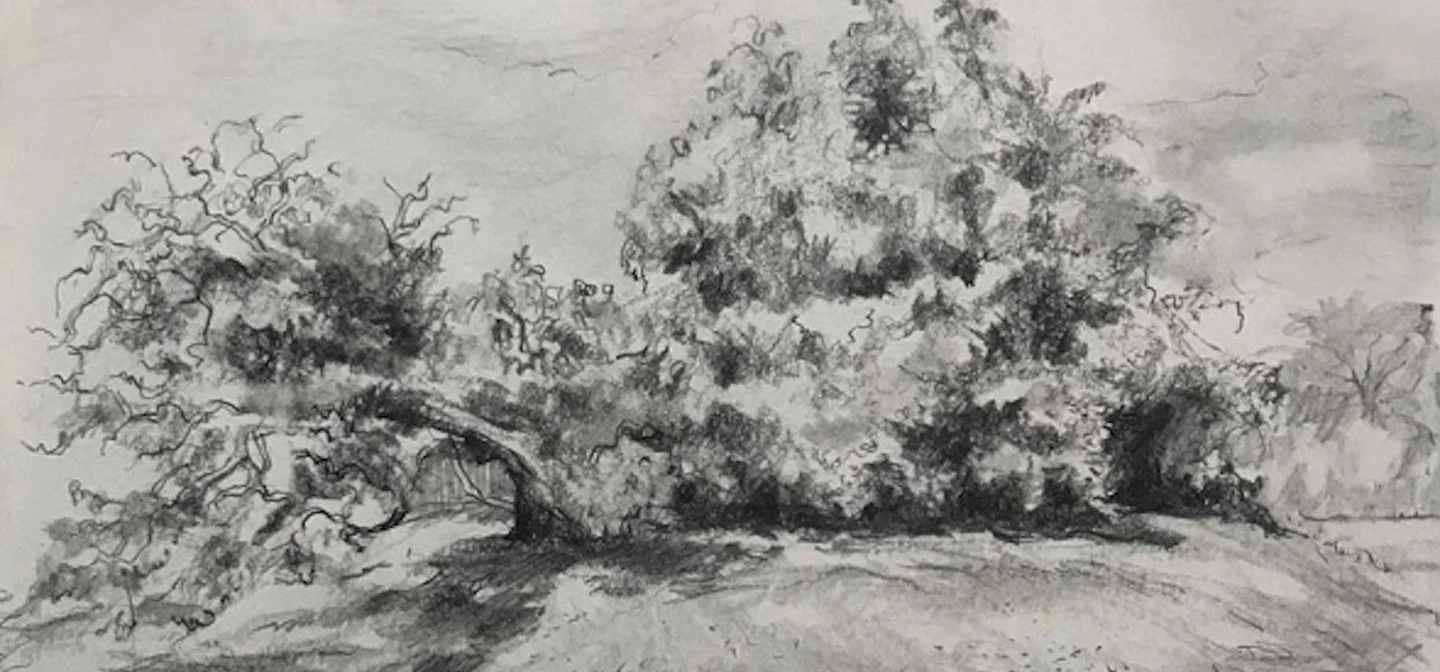
Ancient Mulberry Trees in Greenwich Park
Frequent visitors to the Queen’s Orchard will be familiar with the allotment beds bursting with fruits and vegetables. But did you know that this quiet orchard also boasts a very special mulberry tree? Though it might look unassuming, this tree has a fascinating history that stretches back hundreds of years.
To find out more, we spoke to Peter Coles – a leading expert on mulberry trees. Read on to discover what he had to say about the history of this fascinating tree.
Hello Peter, thank you for answering our questions. To start with, how did your interest in mulberry trees come about?
Trees have been part of my life for as long as I can remember, having grown up in the 1950s right next to ancient beechwoods. That said, I only became particularly intrigued by mulberries about 15 years ago.
As a writer on ‘urban nature’ for many years, I became interested in Greater London’s extraordinary legacy of veteran trees. As part of my research and photography I came across a number of old mulberry trees, often associated with lost or forgotten gardens and heritage sites.
One old mulberry led to another, resulting in an award-winning citizen-science project called Morus Londinium, which I started with the Conservation Foundation in 2016 and a book Mulberry by Peter Coles, Reaktion Books 2019.
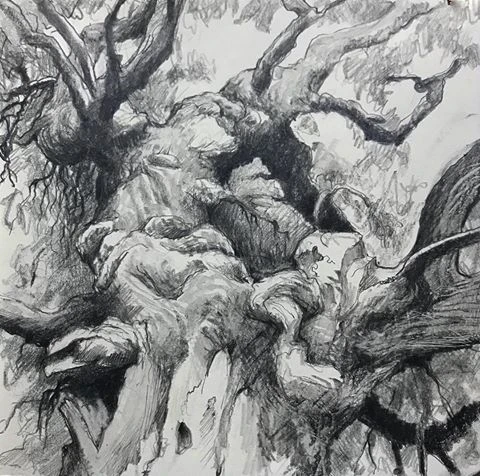
So why are the mulberry trees of London so interesting?
Urban trees of any species are precious, but as a non-native ‘exotic’ (i.e. planted, not self-seeded) mulberry trees are quite rare in the UK – and those over 100 years old especially scarce.
That said, we can find old mulberries in Greater London in the most unexpected places, since they have often survived from gardens and estates that have long been destroyed and redeveloped.
Their roots are literally in lost gardens, often hidden by decades and centuries of development. They can be beautiful trees in themselves – gnarled, leaning, collapsed and propped – but the stories they reveal make them doubly interesting.
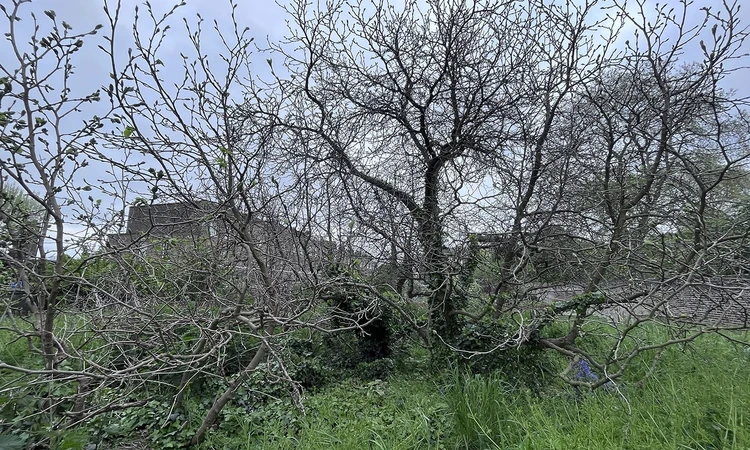
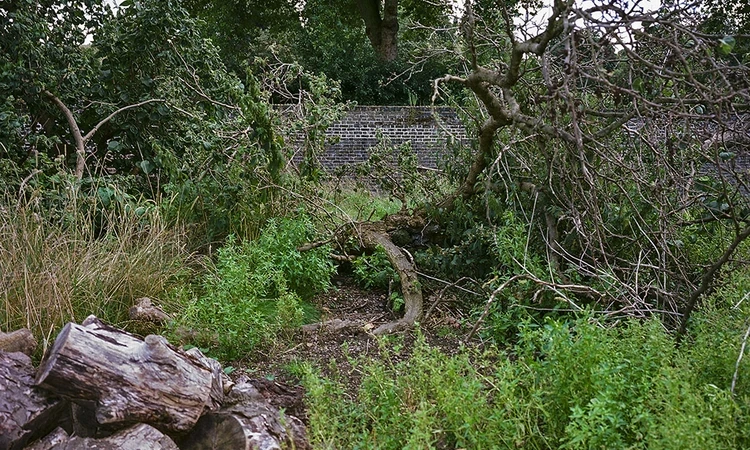
What can you tell us about the mulberry at Greenwich Park?
Well, there are actually six Black mulberries in Greenwich Park. Aside from the one in the Queen’s Orchard, there are three in the Flower Garden and one near to the Bandstand. Near the cricket pitch, there are two – the stump of one which was sadly felled due to unusually hot and dry summers alongside its replacement sapling. The most interesting, though, is the mulberry in the Queen’s Orchard.
In the early 1600s, King James I (1566-1625) wanted England to produce its own raw silk thread, instead of importing it at great cost to the economy. In order to feed the thousands of silkworms that were needed, he financed plantations of hundreds of mulberry trees – the silk moth caterpillar’s only food – next to his palaces at Greenwich), St James’s, Theobald’s and Oatlands, as well as Charlton House. Some Oxford and Cambridge Colleges also bought into his project. There was even a Keeper of the King’s Silkworms!
Exactly where the Greenwich plantation was, no one seems to know. It may even have been in the grounds of the (then) newly-built Charlton House, a short distance away, completed around 1611.
We’ve heard that the mulberry tree in the Queen’s Orchard has an association with Queen Elizabeth I. What can you tell us about that?
We don’t know for sure how old the Queen’s Orchard mulberry tree is. But there are records of Queen Elizabeth I (1533-1603) commissioning “…a faire standing seat in the mulberry tree garden and a new seat with four pillars under the same tree for her majestie” in 1598-9, when she was 65 years old.
In 1821, the natural historian Henry Philips was visiting Reverend Dr Alexander Crombie in his house “adjoining Greenwich Park” – today’s Greenwich Park Street near the Orchard. He describes seeing a “dilapidated” ancient mulberry tree which “…throws out ten large branches so near the earth, that it has the appearance of half a score of large trees rather than of one; and notwithstanding many of the projecting branches have been sawed off, still it completely covers a circumference of 150 feet.”
The tree Philips describes in 1821 could easily be at least 200 years old, so it may have been Elizabeth’s mulberry that he saw. If this is the same tree that survives in the orchard today, it is now over 400 years old! However, this is difficult to say – the present tree could have regrown from the decayed remains of Elizabeth’s tree. Or it might be a different tree entirely!
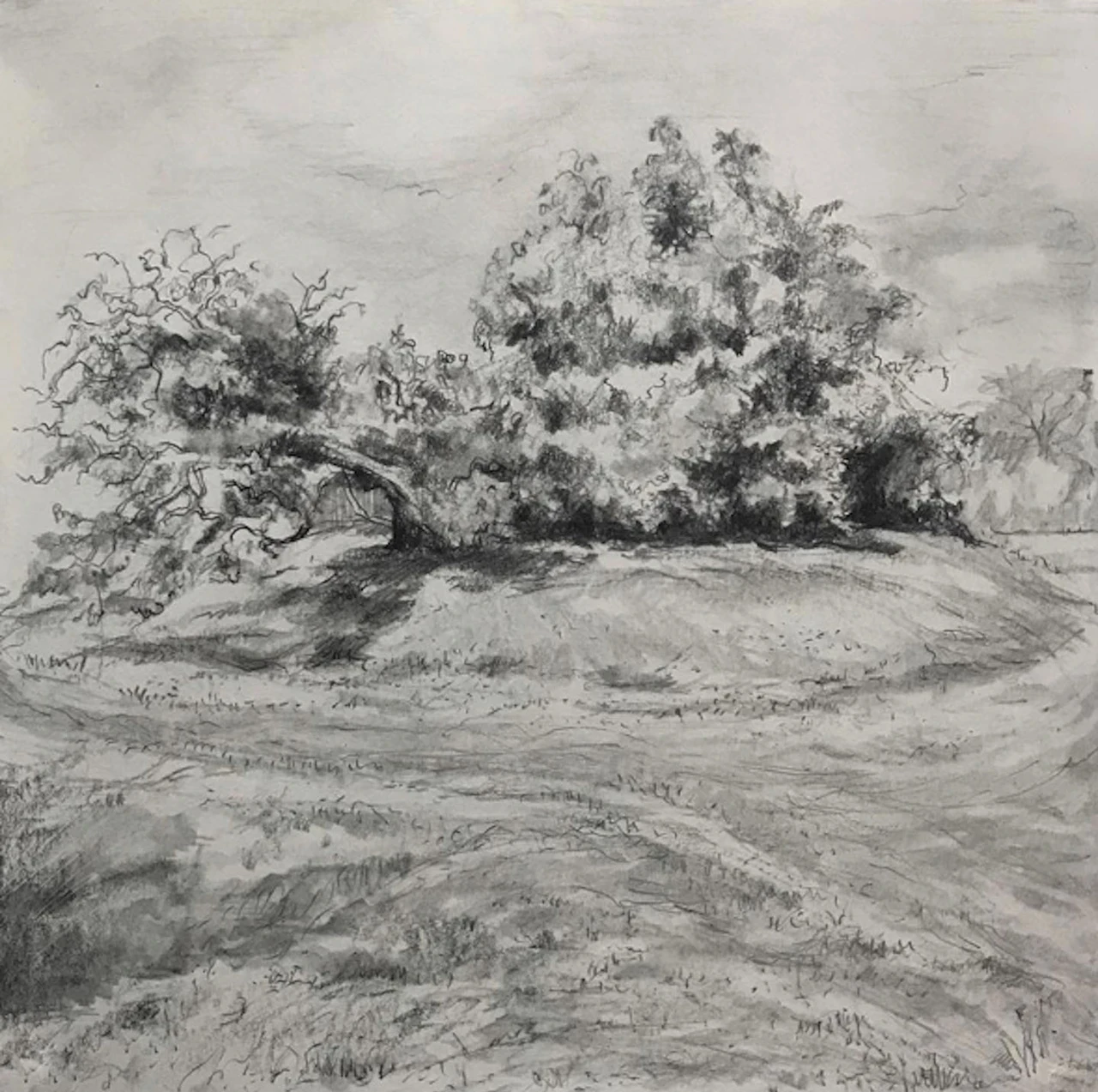
Where can people go to see other mulberry trees?
So far, we have recorded over 1,000 mulberry trees in the UK, some very old, some still young. These are mapped on the Morus Londinium project website.
Most are within the M25 but there are an increasing number recorded all over Britain. New trees are being added almost every week.
Many old mulberries are out of sight in private gardens, but there are fabulous old trees in public spaces not far from Greenwich, such as Lesnes Abbey, Charlton House and Sayes Court Park in Deptford. Nearly every stately home dating to the 1600s is likely to have at least one. And of course, mulberry trees can be seen in other Royal Parks including St. James’s Park, Kensington Gardens, Hyde Park and The Regent’s Park. There’s also a national collection of mulberries at Buckingham Palace.
If you know of a mulberry not on the map, then please add it to the Morus Londinium database using the online form.
Thank you so much for sharing your expertise with us, Peter.
Related Articles
-
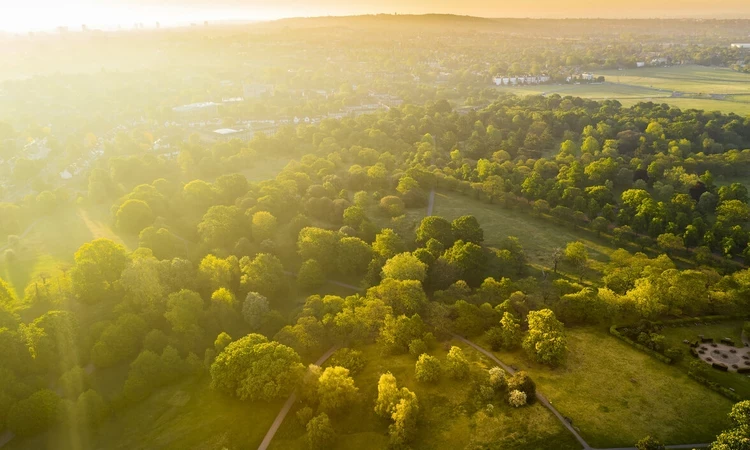 Read
ReadDiscover the trees of the Royal Parks
The 170,000 mature trees, young trees and shrubs within the Royal Parks are London’s living history. Use this guide to explore this fascinating history.
-
 Read
ReadFutureproofing Greenwich Park’s historic tree avenues
Futureproofing Greenwich Park’s damaged landscape and historic tree avenues
-
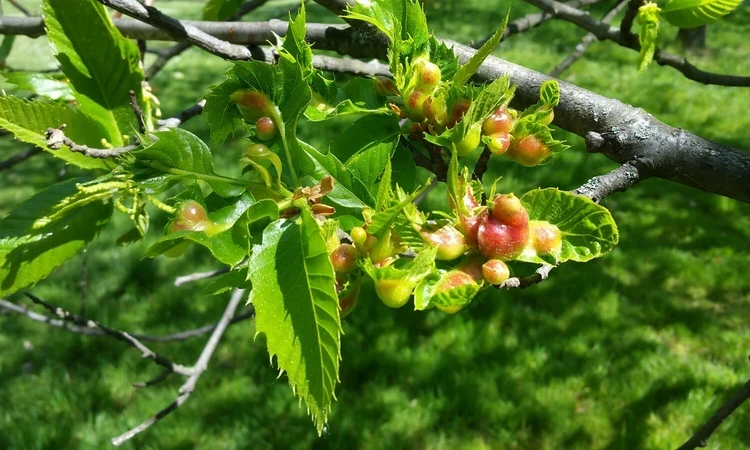 Read
ReadTree Diseases: Taking Care of London’s Trees
Managing tree disease within the Royal Parks